Cool Minnesota lakes reduce spring fish spawns
1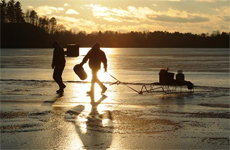 Though many have experienced warmer than normal temperatures, low lake temperatures in Minnesota have caused slow fish spawning. After the lakes iced this winter, temperatures have remained at or below average temperatures, meaning fish such as walleye and perch are slow to spawn this season. The cooler temperatures prevent phytoplankton from growing which slows metabolism in the lakes, reducing the number of fish that spawn and the eggs that survive. Long term effects could include a gap in the fish age populations, reducing numbers and making for poor fishing conditions for anglers.
Though many have experienced warmer than normal temperatures, low lake temperatures in Minnesota have caused slow fish spawning. After the lakes iced this winter, temperatures have remained at or below average temperatures, meaning fish such as walleye and perch are slow to spawn this season. The cooler temperatures prevent phytoplankton from growing which slows metabolism in the lakes, reducing the number of fish that spawn and the eggs that survive. Long term effects could include a gap in the fish age populations, reducing numbers and making for poor fishing conditions for anglers.
Read more at Bemidji Pioneer.
Image credit: MPRNews
Share




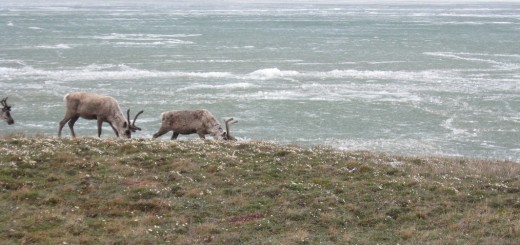
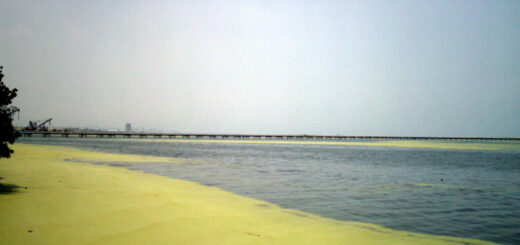
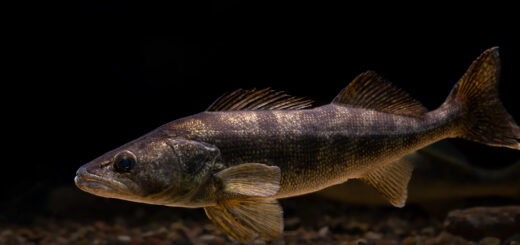
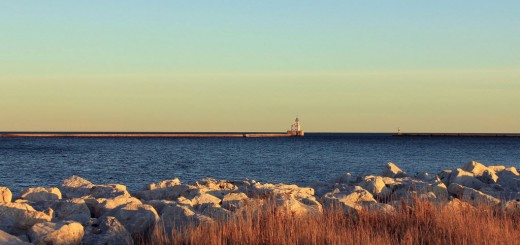






I tried to search for the article at Bemidji Pioneer but got no results.